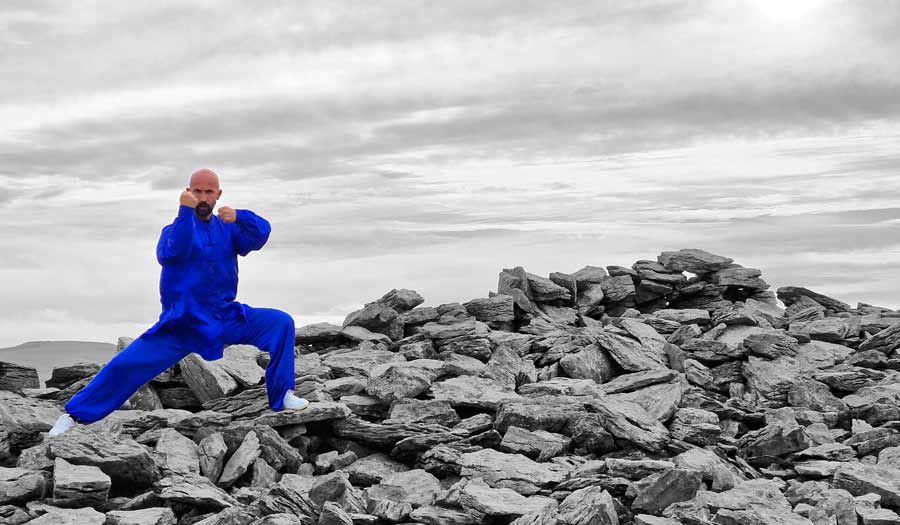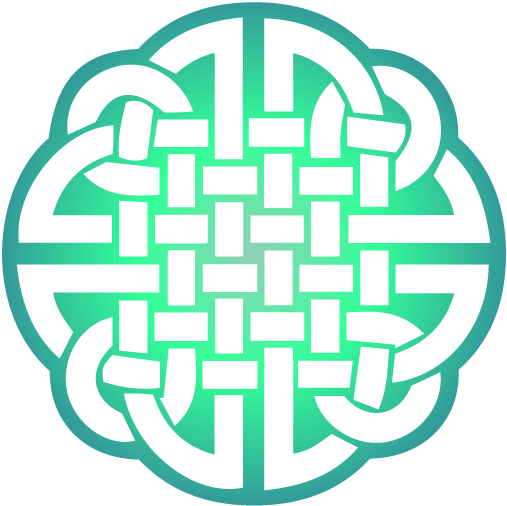styles of
Creation of
- stylesChen Style Tai Chi {Taiji}while being the original style of Tai Chi is not the only style.
Chen Youben (陳有本; 1780~1858), of the 14th Chen generation, is credited with starting another Chen training tradition.This system also based on two routines is known as “Small Frame” (xiao jia; 小架). Small Frame system of training eventually lead to the formation of two other styles of Tai chi chuan that show strong Chen family influences, Zhaobao style (趙堡架) and Hulei jia (Thunder style; 忽雷架).
However they are not considered a part of the Chen family lineage. The 4 other main traditional styles are listed below. Also of note is Cheng Man Ching [a student of yang cheng fu] who created his own simplified yang style and was one of the first Chinese teachers to popularize Tai chi in America, and Feng Zhiqiang who created Hun Yuan Taijiquan.
Hun Yuan t’ai chi ch’uan (Chinese: (traditional) 陳式心意混元太極, (simplified) 陈式心意混元太极) is much like traditional Chen-style Xin Jia with an influence from Shanxi Hsing Yi. It was created by Feng Zhiqiang 馮志強 (one of Chen Fake’s senior students). Master Feng, who died on the 5th of May 2012.
“Hun Yuan” refers to the strong emphasis on circular, “orbital” or spiraling internal principles which are at the heart of this evolved Chen tradition. While such principles already exist in mainstream Chen-style the Hun Yuan tradition develops the theme further. Its teaching system pays attention to spiraling techniques in both body and limbs and how they may be harmoniously coordinated together.
Specifically, the style synthesizes both Chen tai chi and Xin Yi (both Qigong and, to a lesser degree, martial movements). Outwardly it appears similar to traditional Old Frame Chen forms and teaches beginners/seniors a 24 open-fist form as well as a 24 Qigong system. The training syllabus also includes 35 Chen Silk-Reeling and condensed 38 and 48 open-fist forms in addition to Chen Fake’s (modified) Big Frame forms (87 and 73).
Contact
Find out more about our classes or exactly where your nearest Chen Tai Chi class is located.

Address
Galway Rowing Club,
10 Waterside,
Woodquay,
Galway,
Co. Galway.
Email Us
Phone
089 442 6117


